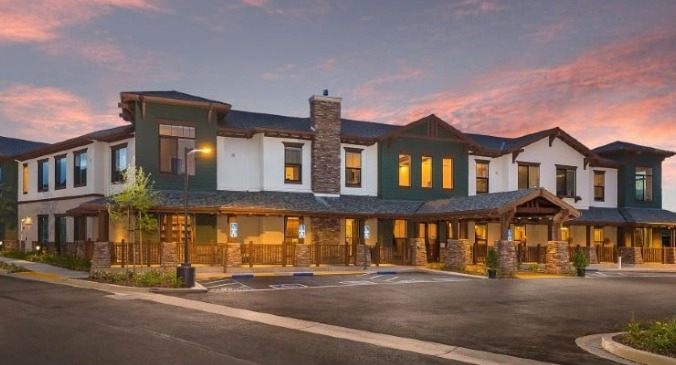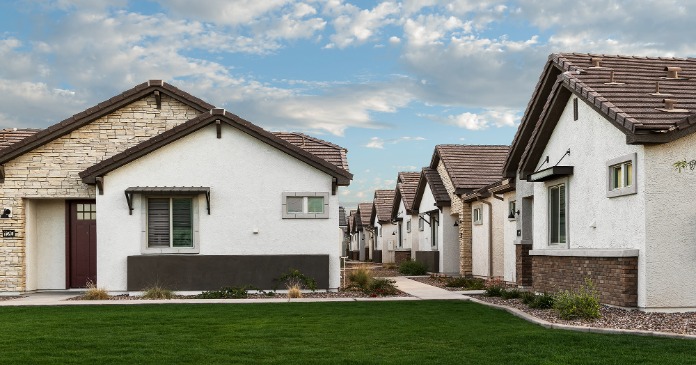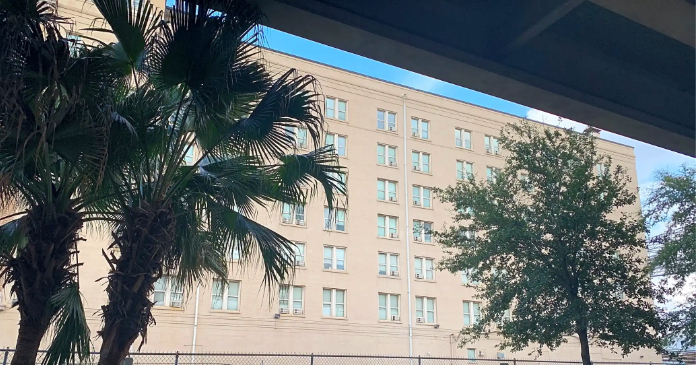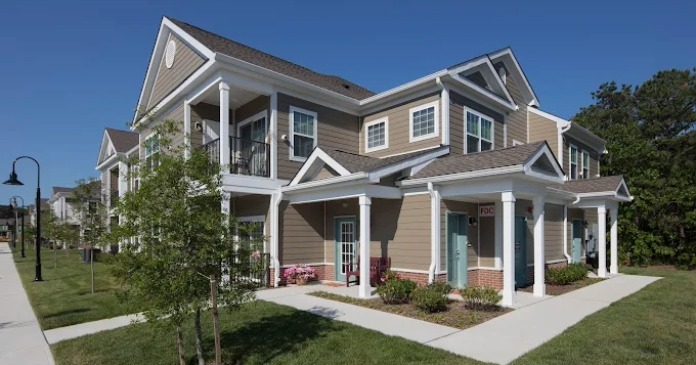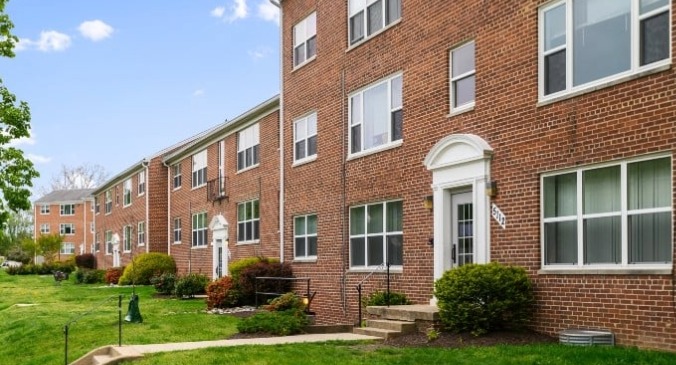InventWood’s “Superwood,” a new engineered material touted as stronger than steel and lighter than aluminum, is drawing attention from environmentalists and investors alike. The product, created by modifying natural wood at the cellular level, is being promoted as a sustainable solution for construction and a potential game-changer for the building industry.
Superwood could reduce reliance on traditional materials like steel and concrete, which have significant carbon footprints. The inventors envision a future where skyscrapers and homes are built from renewable resources, helping to address climate change and urban housing shortages.
“Superwood represents a leap forward in sustainable building,” said Dr. Michael Thompson, an environmental engineer at Stanford University. “If it performs as promised, we could see a dramatic reduction in emissions from the construction sector.”
Skeptics caution that interest in Superwood may outpace its production and implementation. While the material offers promising benefits, questions remain about its cost, scalability and the long-term environmental impact of large-scale adoption.
“There’s a lot of enthusiasm for new green technologies, but we need to make sure we’re not overlooking potential downsides,” said Dr. Emily Carter, a professor of materials science at the University of California, Berkeley. “It’s important to consider the full lifecycle of these materials and the resources required to manufacture them.”
“Every time a new material is introduced, there’s a risk of unintended consequences,” said Alan Reyes, a senior analyst at GreenBuild Consulting. “We need transparent data on durability, maintenance and end-of-life disposal before we can call this a revolution.”
As cities and developers look for innovative ways to build sustainably, Superwood represents both the promise and the complexity of new technology. Experts say careful scrutiny will be needed to ensure that the benefits are real—and that the costs do not outweigh the gains.
“We should be excited about innovation,” Carter said, “but we should also be cautious. The stakes are too high for shortcuts.”
How it’s made
Superwood is produced through a two-step process that transforms ordinary wood into a material significantly stronger and tougher than its natural form.
First the wood is chemically delignified. This is done by soaking or boiling it in a solution of sodium hydroxide and sodium sulfite. This process partially removes lignin and hemicellulose—the substances that bind wood fibers together and give wood its rigidity and color. The removal of lignin softens the wood and exposes the cellulose fibers, which are responsible for wood’s inherent strength.
The wood is then mechanically densified or heat compressed. After chemical treatment, the softened wood is compressed under heat (about 65°C or 150°F) and pressure. This collapses the cellular structure, aligns the cellulose nanofibers, and packs them tightly together. The result is a dense, compact material with dramatically increased strength and toughness—up to 10–12 times stronger than natural wood and even stronger than steel by weight. The final product looks and feels like wood but boasts a strength-to-weight ratio rivaling metal or carbon fiber. Superwood is also more resistant to fire, moisture, rot, pests, and fungi, while maintaining its lightweight nature.
The process was developed by researchers at the University of Maryland and commercialized by InventWood. It is being scaled for use in construction and transportation, where high-performance, sustainable materials would be marketable.




